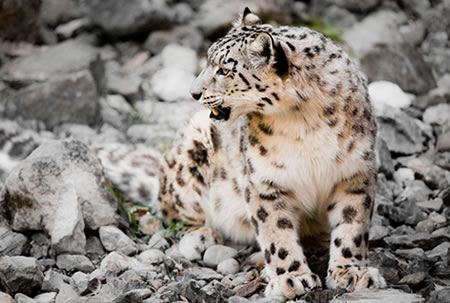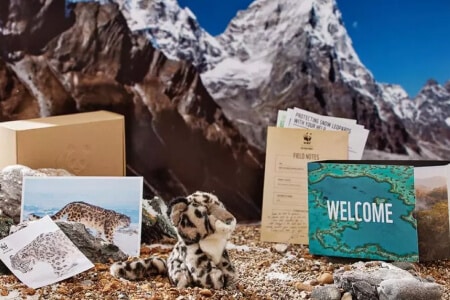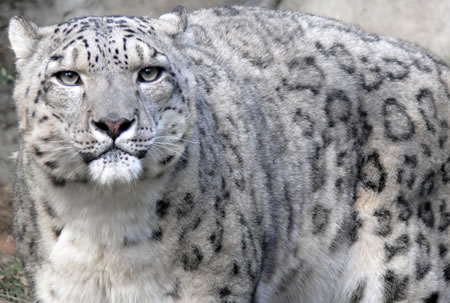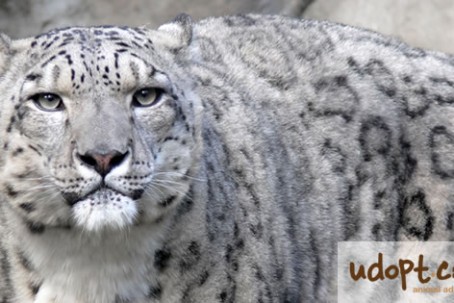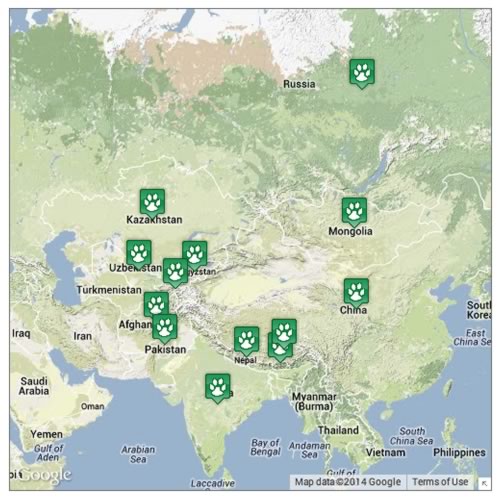Adopt a snow leopard and receive
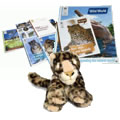 A cuddly toy of your snow leopard.
A cuddly toy of your snow leopard.- A factbook all about the snow leopard along with bookmarks and stickers too.
- A certificate to frame your commitment to the WWF (printed on recycled paper).
- Two exclusive magazines: WWF’s ‘Wild World’ and ‘My Snow Leopard” with news and updates for your adopted animal.
udopt'r choice
Snow leopard’s are quiet creatures that are happy to spend time alone when hunting. They are amazing athletes, and can jump up to 15 metres in one bound! They have a big habitat to mark out as they hunt in up to 1,000 square km, and love to travel under the moonlight to new destinations to hunt.
udopt it because
- The number of snow leopards in the wild is down to less than 4,000.
- The snow leopard is one of the most beautiful creatures on the planet – to lose them to extinction would be a real travesty to the world’s animal population.
- A cuddly toy makes this an ideal gift for children.
- It’s great as a last-minute gift as the gift certificate can be printed or emailed immediately following payment.
- Adoption programmes start from as little as £3.00 a month.
>> Adopt a Snow Leopard Today
Adopt a Snow Leopard Gallery
WWF Adopt an Animal Information
Since 1961 WWF have been advocating and giving a voice to the animal kingdom. Recognised for their work internationally udopt is proud to feature WWF animal adoptions programmes. Adopt and you will receive a gift pack including a cuddly toy (or a personalised book with a Tiger adoption), a certificate plus lots more. You'll also get regular updates throughout the year.
https://wwf.org.uk/UK Registered Charity Number 1081247
Delivery information
By Post :
FREE Delivery Your gift pack will be delivered within the UK FREE of charge. Your package will be sent out within 2 business days, but please allow up to 5 days for delivery.
Last Minute Gift? :
Left it until the last minute? The good news is you can still receive a gift certificate to print or email up to the big day! You will then receive the gift pack within 10 days of ordering!
Did you know?
- Snow leopard’s live a solitary life, choosing to hunt and travel alone. They only come together during the breeding season.
- The bottoms of their paws are covered in fur to protect them from the snowy terrain they call home.
- Their coat becomes lighter in the winter to blend in easier with the freshly fallen snow, making them even more difficult to spot against the barren landscape.
- Mostly nocturnal, the snow leopard can travel up to 40km by the cover of night as they need an area of 1,000 square km to find enough prey to live on.
Our Snow Leopard Says…
You may have trouble seeing me in my natural snow covered habitat, as I blend into my surroundings so well. I have to be on my guard as my soft grey coat is highly prized by poachers, meaning there are less than 4,000 of us left in the wild. My food sources are running low because humans are destroying the places where I live and hunt. I’m now an endangered species and really need your help to survive, so please adopt me and give me a chance to see another winter.


